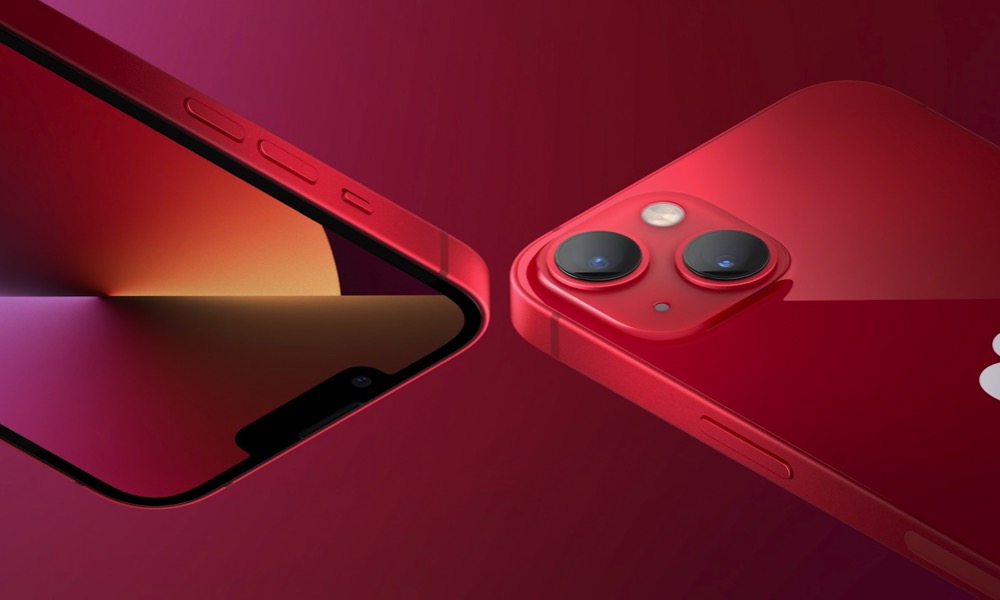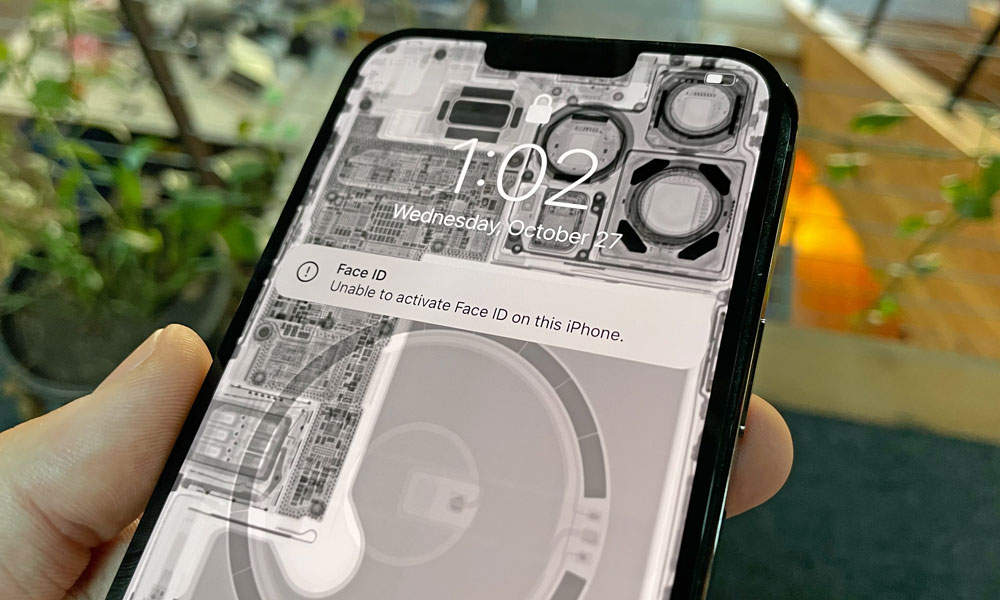Apple Plans to Fix iPhone 13 Screen Replacement Issue That Disables Face ID
 Credit: Apple
Credit: Apple
Toggle Dark Mode
Last week, there was a bit of a furor over a discovery by iFixit that unauthorized iPhone 13 screen replacements would break Face ID. Fortunately, it looks like that’s going to change in a future software update.
It wasn’t entirely clear if the problem was an intentional decision by Apple to block unauthorized repairs. However, when iFixit found that iPhone 13 screens were deliberately “serialized” to the iPhone 13 hardware, many assumed the worst — that Apple was once again tying the hands of independent repair shops and forcing iPhone 13 users to seek out more expensive “authorized” repairs from Apple and its partners.
To be fair, many had good reason to be cynical since it’s not the first time Apple has pulled something like this. Two years ago, Apple began locking down iPhone battery replacements, ostensibly to “protect users,” and then last year, it tried something similar with the iPhone 12 camera system.
Then there was the infamous Error 53 debacle five years ago, where users who had third-party screen replacements suddenly found their iPhones bricked after updating to iOS 9. Apple patched the issue reasonably quickly, but not before facing government fines and at least one class action lawsuit.
So, when iFixit found that replacing the display on an iPhone 13 disabled Face ID, it naturally assumed that Apple was up to another one of its old tricks. It particularly didn’t help that this wasn’t simply about the iPhone 13 detecting a “foreign” screen — the problem occurred even when swapping the screens between two otherwise identical iPhone 13 units.
What’s Going On?
If this was a deliberate attempt on Apple’s part to continue its fight against Right to Repair legislation behind the scenes, it’s definitely one of the most blatant attempts the company has yet made to discourage third-party repairs.
In most prior cases, Apple’s restrictions merely notified users that an unauthorized repair or replacement had been made. Except for the Error 53 fiasco, Apple has never disabled features of the iPhone without good reason to do so.
The Error 53 problem was a unique situation and one in which we’re willing to give Apple the benefit of the doubt. Long before iOS 9 was released, it was already common knowledge that screen replacements on Touch ID-equipped iPhone models would disable the Touch ID sensor.
The reason for this was simple: The Touch ID sensor was part of the display assembly and needed to be paired with the Secure Enclave over an encrypted and serialized communication path. Otherwise, someone could potentially swap in a fake Touch ID sensor to hack into your iPhone.
The Error 53 problem didn’t necessarily occur because Apple was deliberately trying to “brick” these iPhones. Apple isn’t stupid enough to think that it could survive the PR fallout from such a move. Instead, it’s likely the software engineers who coded iOS 9 didn’t properly account for the possibility of a disabled Touch ID sensor since it wasn’t a normal scenario. The result was that iOS 9 tripped a built-in security flag, disabling the iPhone entirely.
The situation with the iPhone 13 this year is likely similar. While we can’t dismiss the idea that Apple may simply be testing the waters to see how much it can get away with, it’s equally possible that something was overlooked by one of the developers on the iOS software engineering team.
To be clear, there is no valid reason for Face ID to be disabled when replacing an iPhone 13 screen. While the TrueDepth camera system would obviously need to be properly paired with the Secure Enclave for security purposes, the display component is entirely separate from any Face ID components.
However, there are other reasons why a replacement screen needs to be paired and calibrated in general. The chip in the iPhone 13 exists for a reason beyond merely tying it to a specific iPhone. It’s also associated with features like True Tone and the new variable refresh rates that are possible on the iPhone 13 Pro displays. In fact, third-party repair shops still haven’t figured out how to get True Tone working on a replacement display even on older iPhone models without Apple’s pairing and calibration software tools.
iFixit and other Right to Repair proponents are understandably skeptical that a bug affecting one of the most commonly replaced components would have made it through Apple’s internal testing. Still, it’s likely that Apple simply doesn’t test for what it considers to be edge cases.
As far as Apple is concerned, screen replacements should only be performed by authorized repair shops, using Apple’s proprietary tools to link them up and calibrate them. That works fine, and it’s likely the only scenario that Apple tested.
A decade ago, we saw a similar problem when many users were resorting to jailbreaks and other third-party hacks to SIM-unlock early iPhone models. Some of these unlocking methods made unexpected modifications to the internal modem firmware — code that’s stored on a chip separately from iOS and isn’t supposed to be modified or updated by anybody but Apple.
When iOS updates came along and tried to update the modem firmware, this rogue unlocking code resulted in a bricked iPhone. Many assumed Apple was deliberately sabotaging the jailbreaking community when really it was just a matter of two different pieces of code colliding with each other. It’s unreasonable to expect any software engineer to test for every possible contingency and even more dangerous for them to try to work around unauthorized modifications to hardware or firmware.
When Will It Be Fixed?
At least one source told iFixit last week that Apple already had plans to fix this in a future software update, and the company has now confirmed this to The Verge.
However, Apple didn’t say when the software update would arrive. It could already be in the latest iOS 15.2 betas, but we’ll have to wait for somebody to actually test a screen replacement in the new beta before we know.
Apple also hasn’t said what the new behavior would be exactly. There’s every reason to believe that while an unauthorized screen replacement won’t break Face ID, but it’s safe to assume Apple will still throw up a warning to advise users that they may not be using a genuine Apple display, as it’s been doing since the iPhone 11 was released two years ago.







